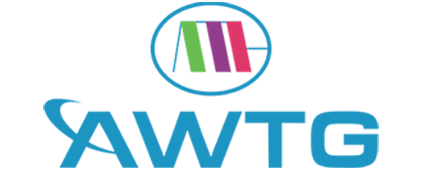As technology progresses, we rely more and more on sensory devices around us to detect any anomalies in our health; medical devices have been used as a form of prevention, diagnosis by doctors for decades but with the advances in technology these devices can now be connected through available network infrastructure to provide a very accurate picture of our health status through Internet of Medical Things or IoMT.
IoMT is an infrastructure of the network, software, and health system devices/services connected to collect data on users and transmit that information to their healthcare providers. Over the years, IoMT has changed the way we interact with our doctors and it has helped overcome some of the challenges previously faced in monitoring individual’s wellbeing and promoting preventive care. As the quality of network connection enhances and connected medical devices become more abundantly available, we find that these sensors are becoming part of the daily lives of all doctors and patients. However, it is the wearable sensors that are leading the healthcare diagnosis and monitoring into the future of technology.
These connected medical devices possess the ability to generate and collect data on patient’s health which is analysed to produce a report of the individual’s wellbeing. The data can also be transmitted to the healthcare providers or the devices can connect directly to the healthcare network to transmit data either through a cloud repository or internal servers. Healthcare providers can use all the data collected from the wearable devices to monitor a chronic illness, produce a differential diagnosis, and also provide preventive treatment when detecting a trend in the individual’s data.
With the high volume of new wearable or connected medical devices released in the market, it aims to monitor the health and well-being of individuals. IoMT has become a very cost-efficient and reliable method of data collection, with the ability to produce highly accurate data which is readily available to healthcare providers to better monitor diseases and tracks and prevent chronic illnesses. In addition to being cost-efficient, it also eliminates the need for conventional in-person patient-doctor visits. This is especially useful in rural areas where access to healthcare is not easy and expensive, not to mention the large demand due to the shortage of available medical resources. The use of such technologies will provide healthcare professionals better access to their patient’s records as well as increase their capacity to meet the demand at hand. Regardless of your location; medical condition; and proximity to healthcare providers, IoMT has provided everyone with a chance to benefit from better access to care as connected medical devices continue to become more widely available to all individuals.
Although IoMT is just at the beginning of its evolution, it has a lot of potentials and is forecasted to grow into a $254.2 Billion industry within 5 years. With the introduction of Artificial Intelligence (AI) into the IoMT market, there are many opportunities to provide real-time, remote measurement and analysis of patient data, by paving the way for other technologies and better access to healthcare through connectivity, the future of IoMT is looking very bright and promising.
Considering the multiple sources of data collection available nowadays, it is hard to know which device provides the most accurate data relevant to our need, In our next blog in the IoMT series, we will cover the most medically accurate IoMT devices that could be used in our daily lives to track wellbeing.
